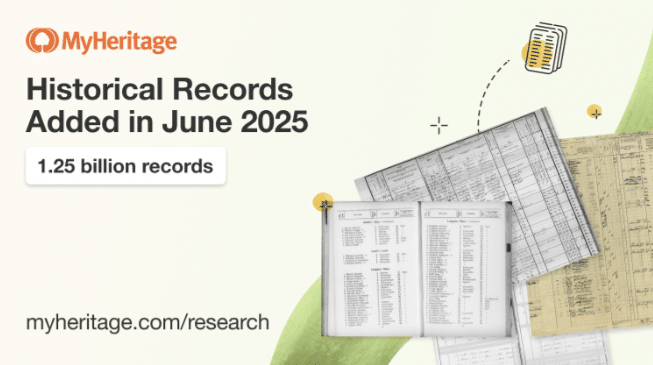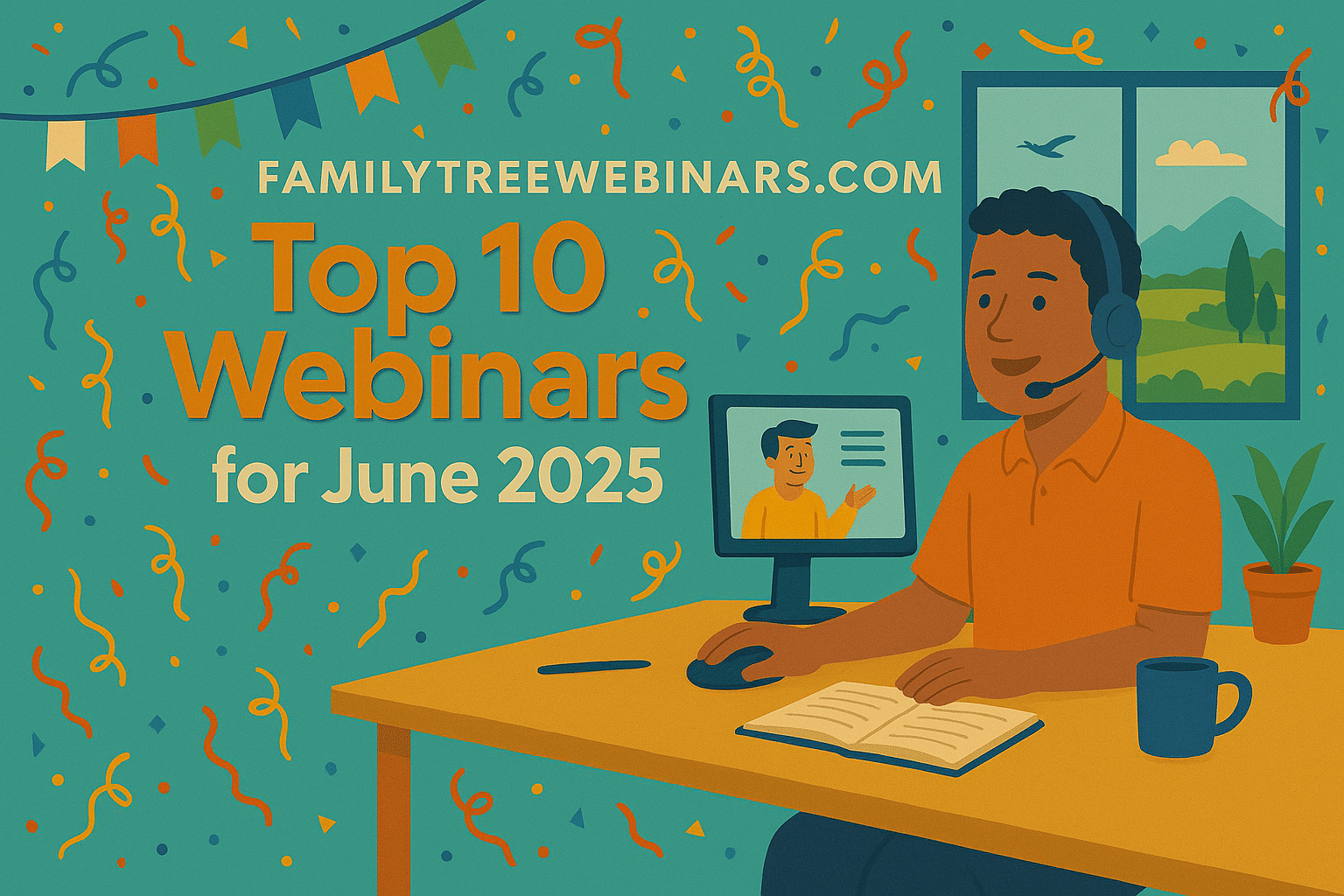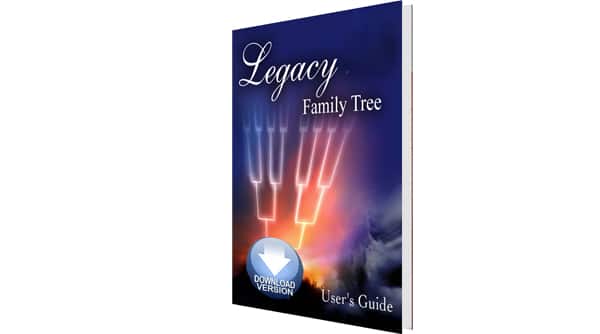Your cart is currently empty!
How Do You Use Genealogy Presentation Handouts?
Last year I gave a presentation for a history conference advertised to genealogists. One of the speakers, not a genealogist, asked why he had to prepare a handout. He felt it was unnecessary as he gave numerous talks each year, never preparing a handout. The organizer replied, "genealogists expect them."
I had to laugh because she was right. I had seen this speaker before and had been to presentations in that history field, and never once was I given a handout or even a list of resources (and I LOVE a good bibliography). I thought it was interesting that in non-genealogy circles, a handout may seem like an optional piece of paper. I believe, in this case, the presenter felt that between the participant taking notes and buying his book, his providing additional written material wasn't necessary. His work was to give the presentation, and that was it. (I'm not judging his attitude. It is extra work to put together a handout.) But as genealogists, we've come to expect those multiple pieces of paper or digital documents for webinars, society meetings, seminars, and conferences. And let me be clear. I love resources, so I'm a fan of the handout. But are we really benefitting from receiving that handout?
Genealogy audiences expect handouts, but genealogy presenters (and hosting societies and institutions) have differing ideas of what makes a good handout. For our purposes, I'm not interested in debating what makes a "good" handout. In genealogy, handouts have some commonalities, such as being about 4 pages, but they may be even more depending on whether it's a 1-hour society talk, a webinar, or an institute course. Currently, Legacy Webinars has 1,886 webinars with 7,063 syllabus pages. That averages to almost a 4-page handout for each webinar, but as you know, some presenters provide handouts that can get as high as 10+ pages. Digital handouts allow presenters to create handouts that exceed 4 pages because they don't need to be printed and handed out to the audience.
So with all that effort presenters use to provide presentation handouts, how can we, as the audience, make the most of the handouts we are given?
What Do You Do?
What do you do with handouts? If we are talking about a webinar, you most likely download them. But what then? Handout styles run the gamut and can be simply an outline of the speaker's main points, or they can act as a reference piece for later with additional resources. Those handouts that are an outline of the talk require you to annotate information so that you can remember what those bullet points mean and how they relate to your research. Without doing so, in the future, those points may be too brief to be used in your research.
I typically take notes on handouts and use a highlighter to mark what I want to remember. I also go through any bibliography and checkmark books I own and highlight books I want to purchase. I then add those books to my GoodReads account.
Some researchers upload the handout to an Evernote binder so they can add tags or benefit from OCR (Optical Character Recognition). This way, they get rid of the physical paper and have an easy way to find what they need in the future.
What do you do with the handouts and syllabi you accumulate? Do you take notes on the pages? Do you use the information to make to-do lists? What about bookmarking recommended websites?
We can all benefit from the "best practices" of others. So I'm curious. How do you use handouts and syllabi once the event is over? How do you get the most from that information? Use the comments to share how you use handouts after the presentation.
Gena Philibert-Ortega is an author, instructor, and researcher. She blogs at Gena's Genealogy and Food.Family.Ephemera. You can find her presentations on the Legacy Family Tree Webinars website.




I download and read through them…and then refer back to them when necessary. As a presenter myself (I work at and present at my local library), I always create handouts…
Incidentally, the other world in which handouts are considered necessary is that of romance fiction writing – I was a member of Romance Writers of America for 20 years and in the early digital days, when storage was still an issue, at the annual conference we’d receive HUGE coil bound packages of handouts from all the presenters. And woe betide a speaker who didn’t have one!